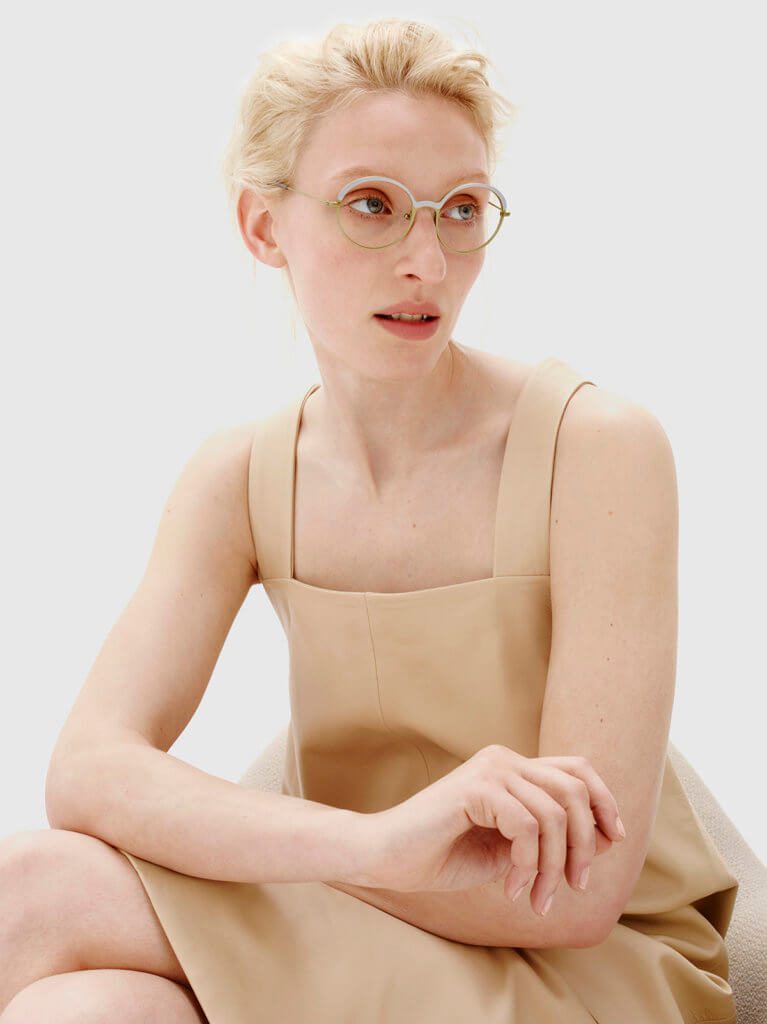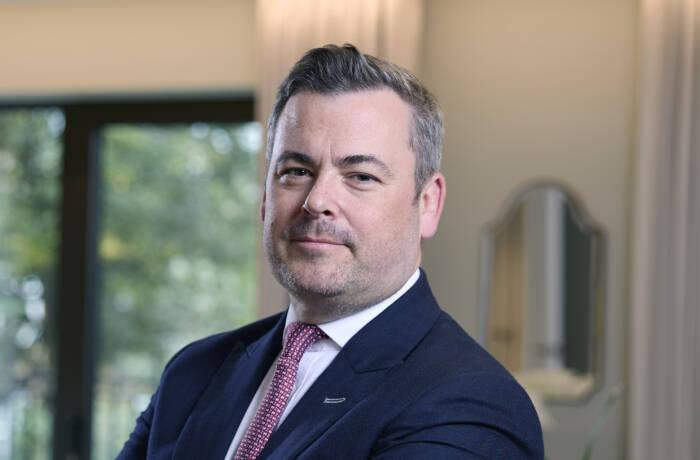Tom Davies is a British eyewear designer offering a truly bespoke service. Kitty Harris sits opposite the designer in his Royal Exchange shop to learn more about designing for the individual and the evolution of the luxury eyewear industry.
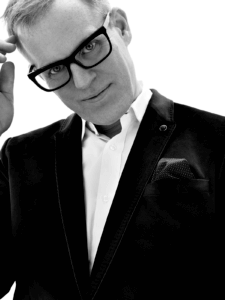
Tom Davies
Kitty Harris: You have had many design roles during your career. Why did you choose eyewear?
Tom Davies: When I was originally setting up my company, I set up in London to design frames for Tom Davies. But I was just starting out and I was doing contract design for other eyewear brands. For example, one of my big clients was Puma and I was designing their sports eyewear line under contract and also project managing the delivery. That was quite lucrative for me. But at the same time, I would take anything. I actually designed a popcorn maker, an MP3 player, a food mixer and so on. I set up companies just to qualify me for being able to take that particular job. For Aquascutum, I was designing websites and brochures. For Puma, I managed to weasel my way into their websites and brochures and before I knew it, I had twelve designers and a design company.
Follow LUX on Instagram: the.official.lux.magazine
But I wanted to pursue Tom Davies glasses, so I threw all of that away for what I truly wanted. All my other ventures were great but they were merely vehicles to make money; whereas eyewear defines the wearer. Human communication is through the face, so in terms of design, there is nothing more important. I think it is the number one design challenge and the most exciting. What really excited me was that nobody else knew that. It has been ignored by the world.
‘Specky four-eyes’ has haunted eyewear for thirty to forty years. It has been something that people haven’t wanted to wear, because it is seen as a medical device and a necessity. But the truth is, if you get to forty years old, 95% of people need some kind of correction for their vision. It is everywhere and everybody needs it. The challenge is to make something that somebody enjoys wearing – that makes them look good, that they are comfortable in and helps them. I get such satisfaction by making someone a really comfortable frame that will really suit them.
KH: How would you describe your design aesthetic?
TD: I am always looking at the person. It is the physical things. I have signatures in my frames – little touches that I like to put in there. Whilst a lot of eyewear brands have a certain hinge or style, which is how they define themselves; I am a bespoke brand, so I’m all about the person. If I was to make you a pair of glasses, I am looking at the shape of your eyebrows, your long eyelashes and your small nose and I think of how it will fit. I look at the shape of your hairline that frames your face, the earrings – how you accessorise yourself. I must design something that will bring all of that together and then match it. That is not easy, which is why people hate glasses. There is so much going on in your personality that you’re already outwardly projecting.
Read next: Visionary designer Bill Bensley on creating luxury dream worlds
The idea that you simply wear what I say and have to deal with it doesn’t really work. That is effectively what happens when you go to an optician. I take several aspects into account: your personal style and features, then we look at the delicacy and thickness of the rim, the tone of the colour, the finishing material (polished, matt or satin), how the frames are fitting. We must take all that into account and then have to consider the prescription requirements and what lens design will give you the optimum vision. You can squeeze any lens into a frame, but people can develop headaches and dizziness. It’s all about you – that is my design style. My products aren’t signature to a hinge, they are signature to the person, so you shouldn’t really be able to spot my frames.
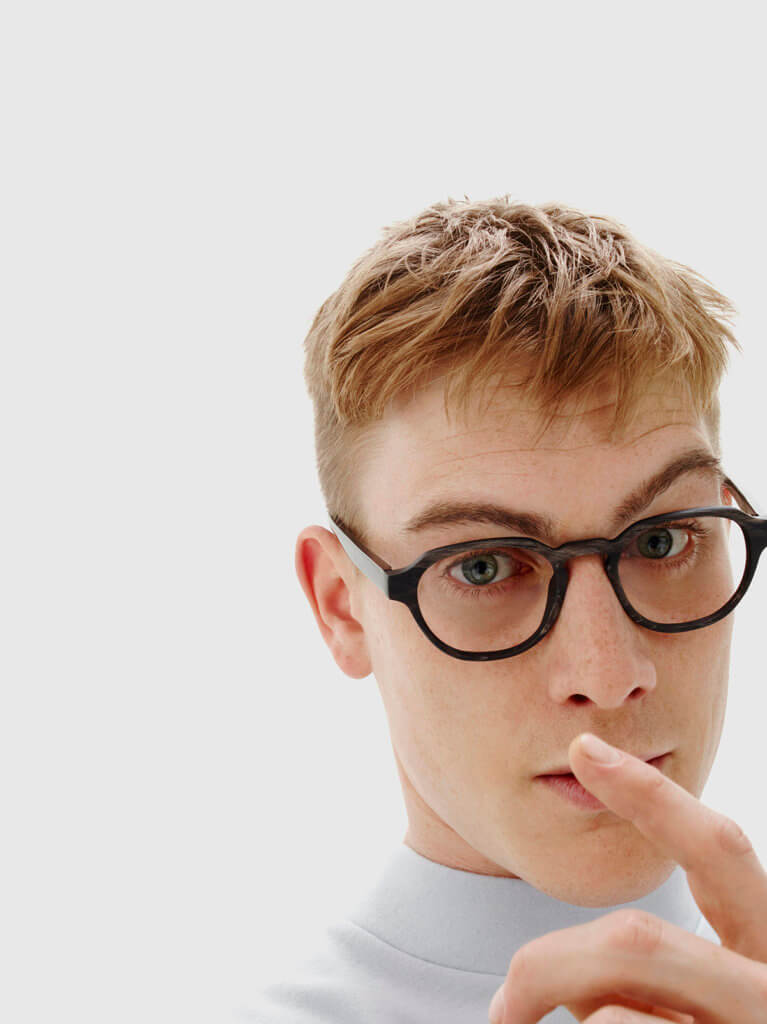
KH: What’s wrong with a ‘one size fits all’ model?
TD: First of all, you must remember those funny caricatures that used to appear in newspapers and magazines where they had images of heart-shaped faces and square faces and they would state which shapes suited you. You don’t see those so much anymore, as they are nonsense and the consumers realised it. If you go into a normal optician, you tend to see a variety of different shapes that do generally work on people. Whether they fit them on the bridge or whether the arms are right is not clear. You will see a generic mix of shapes and if the opticians are good buyers, they will have bought enough to service most people in a generic sort of way. The reason people have used those devices in the past is because you had to buy off the shelf. There wasn’t really a bespoke service.
What I do is I take that same principle, as I have a fully functioning opticians here. You can walk away with a pair of glasses that fit you reasonably well, as with most opticians. But in actual fact, what we’ll do is say – we like this frame and then alter it in terms of shape and style. The principles are there in all opticians and everyone is trying to match face shape to frames as much as they can. But, I am taking that to the next level by starting with something you like and making it better. On my personal appointments, I will pretty much start with a blank piece of paper and sketch something. But generally speaking, if you come to my store, we will start with something the customer really likes and we then bring it on to the next level. It hasn’t necessarily been ignored, but the limits of normal business have prevented them from being able to cater for this.
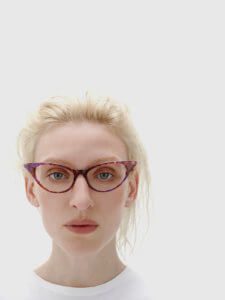
KH: How would you say the industry has changed?
TD: It keeps changing faster and faster, almost every couple of months. It is now all about individuality in whatever brand you are looking at. There are many people now marketing a bespoke service, but it is generally offering their best-selling frame in twelve different colours. Often these bespoke services are also only offered in plastic, which is the easiest one to do and is often not that accurate and there is no designer behind it.
Read next: Jasper Johns’ alternative perspectives at the Royal Academy
If you come to us, there is a designer in-store and then a designer in my head office who is designing the frame on your face. It is then individually made for you to 0.1 of a millimetre. There is nobody doing anything like that, but there are lots of people in customisation and 3D printing who are coming into this sphere. I was at a trade show in January this year and two years ago, there were two other brands there. But this year, there were twelve other brands there offering some kind of customisation service. This boom is happening and you will see more and more customisation. It is the future of eyewear. You will then also see the big players, such as Luxottica, which owns most of the brands, trying to protect their system. They buy up the industry. For example, Luxottica and Essilor are merging at the moment to make the biggest retailer in the world. Between them, they will own over half of the industry. That is happening in eyewear as well. I think that will carry on happening.
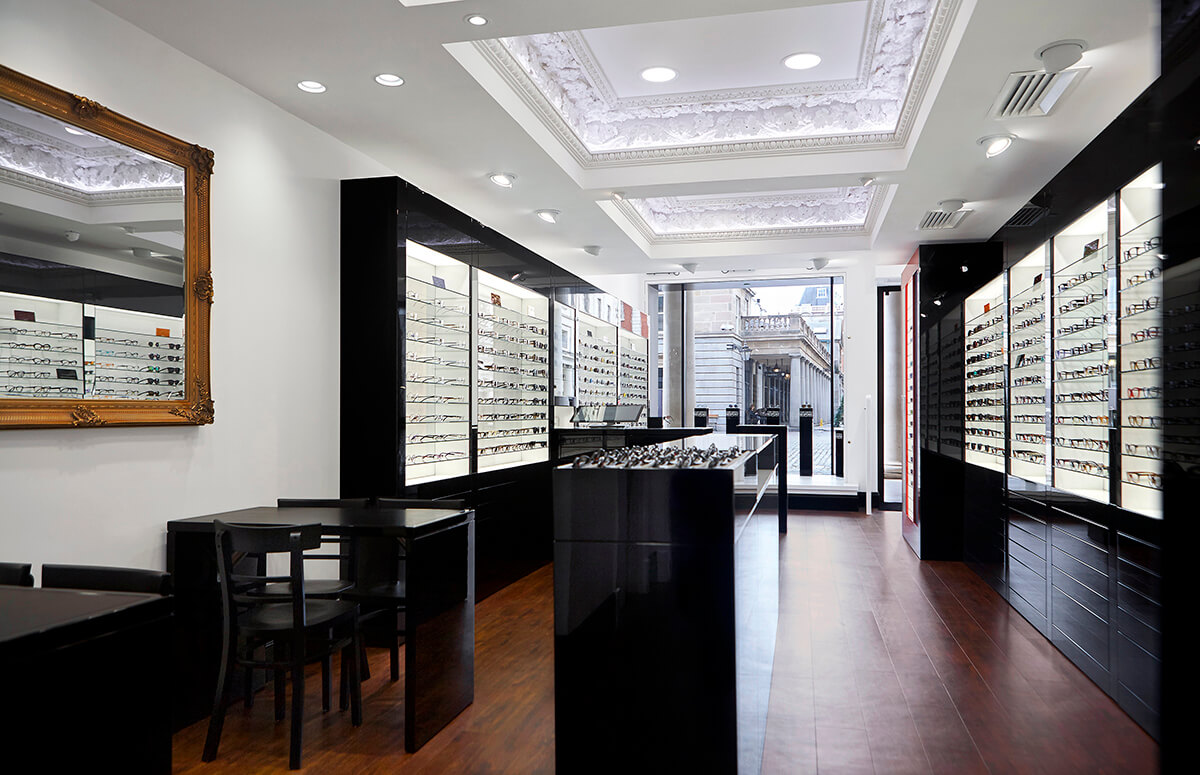
The new Tom Davies store in Covent Garden
KH: Why did you decide to move your factory from China to Britain?
TD: There were many reasons for this. There is no eyewear industry in Britain. I think ten years ago, I would have been too threatened by the idea of training up the next generation of eyewear makers. But now at 42, I don’t feel threatened by that. I am going to be training people, we are bringing in a new generation and we have to create our own supporting industries for it in the UK. We will set up factories here and I find that an exciting challenge.
And also, I am 42 and it’s hard work to travel to China every six weeks. I live in perpetual jet-lag. I am now the master of upgrades, I know everything about everything on airplanes and I know the check-in people. But, I can’t keep doing that. The cost in China is also not what it used to be. Shenzhen is a fabulous place to do business, but it is actually more expensive than Hong Kong, and Hong Kong is as expensive as London. Therefore, economically there is not much of a financial benefit in being based there. Within three years, there will be no financial benefit at all.

